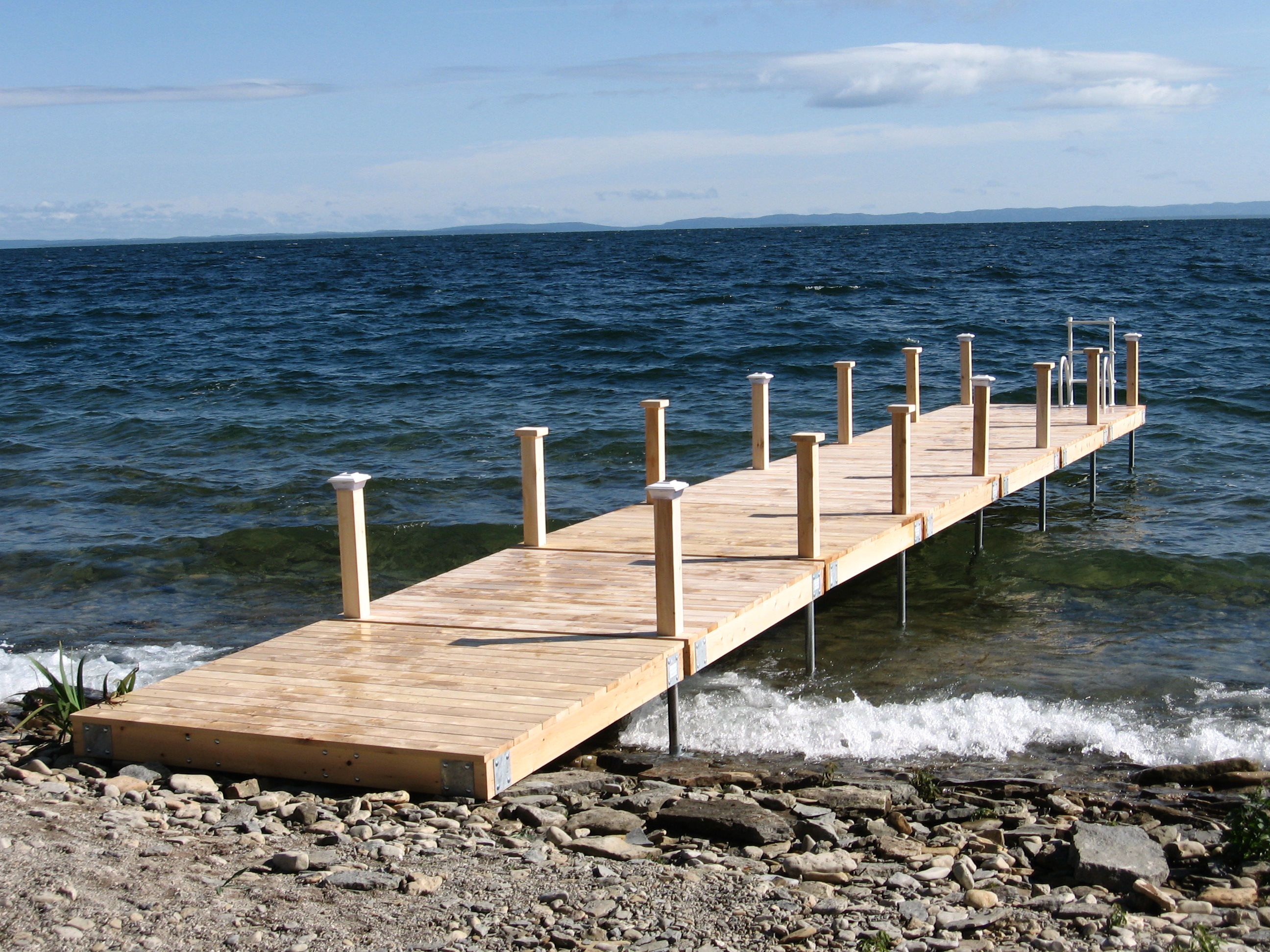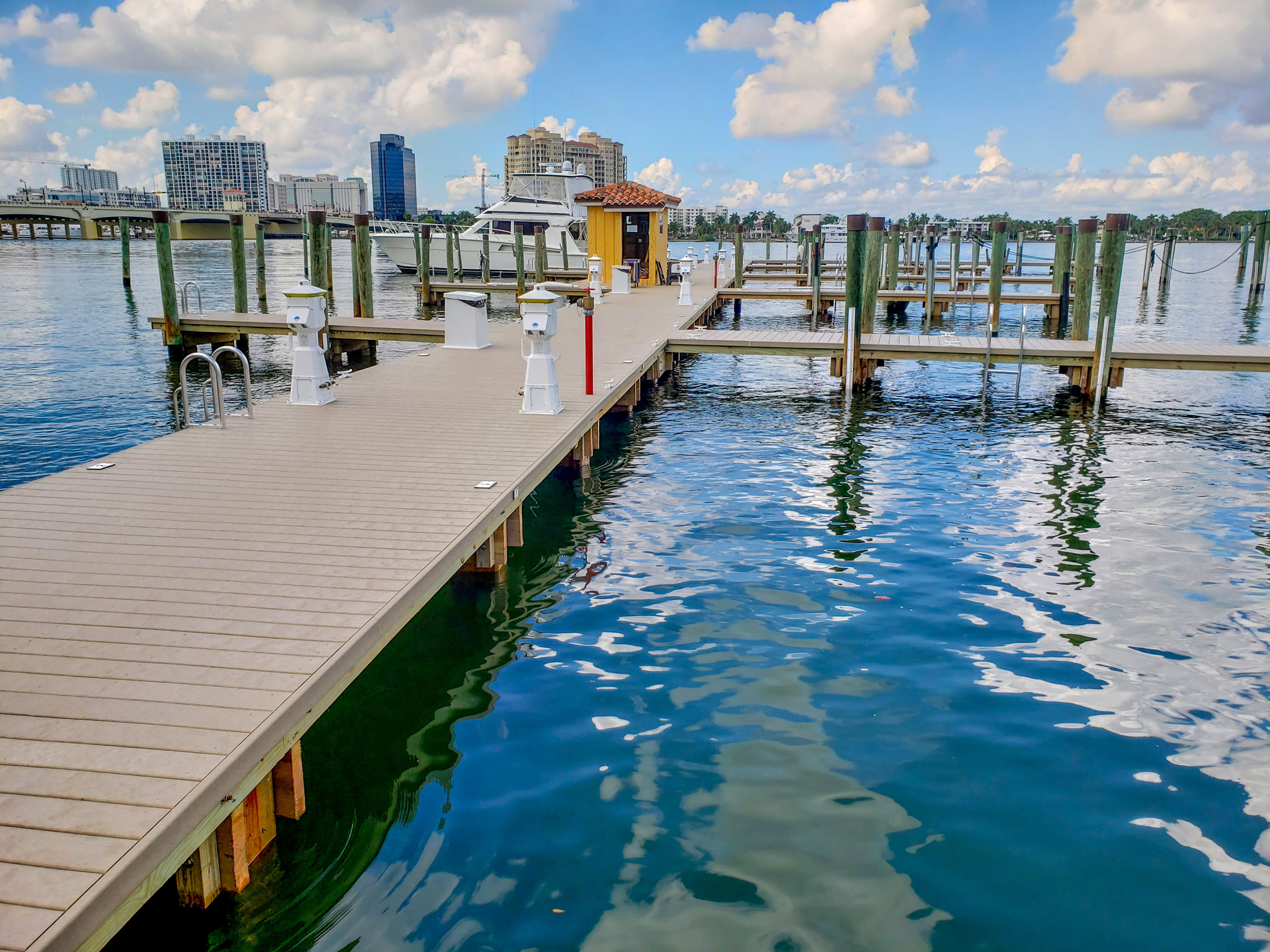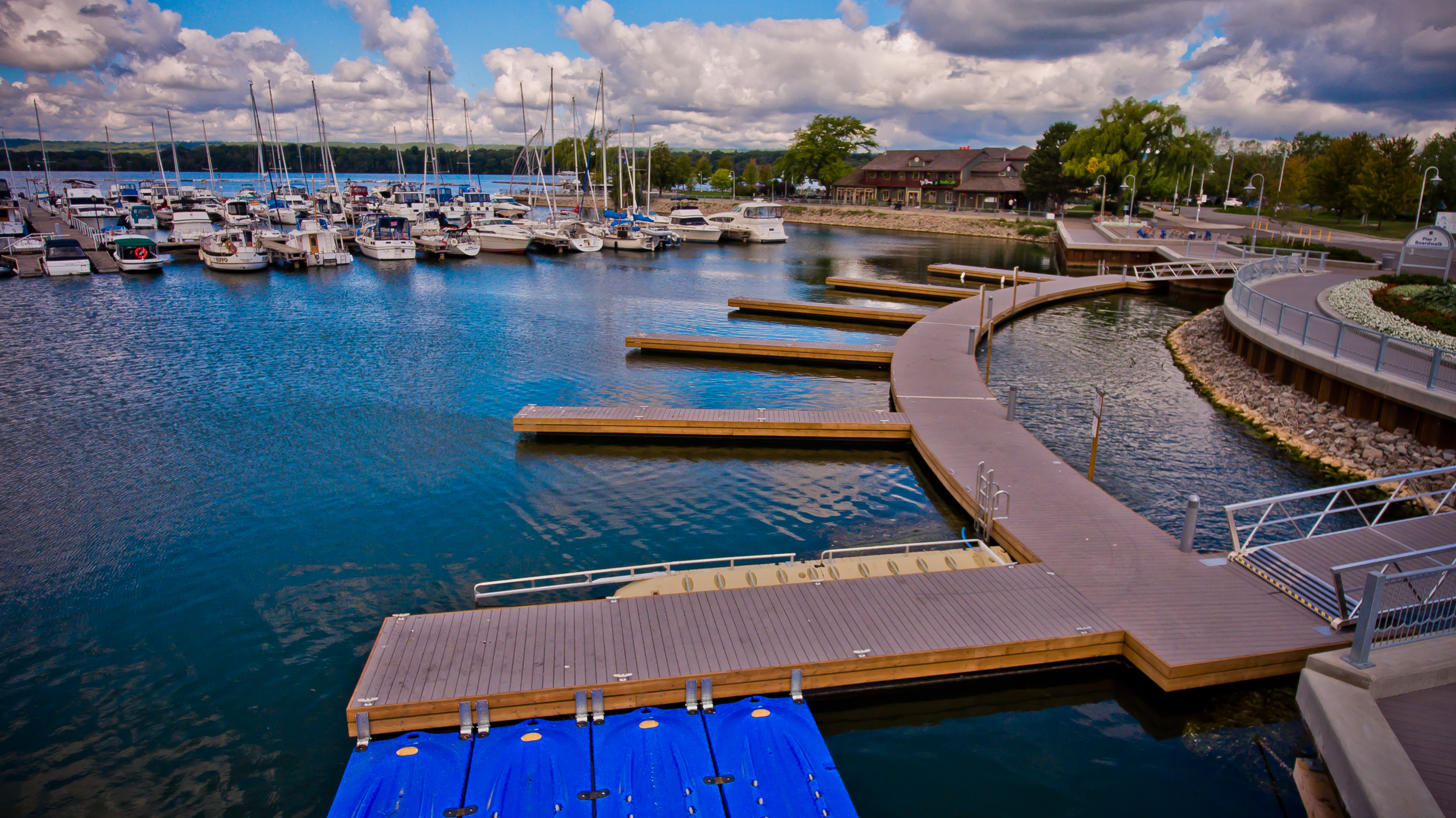The Dock Kitchen - A Place For Connection And Care
Ever thought about places that feel like a true gathering spot, a hub where things come together and go out into the world? It's almost like a dock, isn't it? That special kind of area, often found by the water, where boats pull in, goods get moved, and people connect. This idea of a dock, a place of coming and going, holds a certain kind of appeal, a sense of purposeful activity.
When we think of "the dock kitchen," it brings to mind a space that mirrors these qualities. It's a spot where various elements, perhaps ingredients or even different ideas, meet and are prepared for something new. This kind of kitchen, you know, could be seen as a place of receiving and giving, a center for many different sorts of exchange.
Just as a physical dock serves as a point of arrival and departure, a place for things to be taken on or off, "the dock kitchen" might represent a similar kind of energetic flow. It's a space that feels grounded, yet also very much about movement and purpose, offering a sense of both stability and constant, gentle motion.
Table of Contents
- What Makes a Dock a Dock?
- How Does "The Dock Kitchen" Reflect a Place of Arrival?
- A Space for Exchange and Gathering
- What Happens When Things "Dock" in "The Dock Kitchen"?
- More Than Just a Spot for Goods
- Is "The Dock Kitchen" a Place for Mending and Making New?
- A Center for Support and Enjoyment
- What Role Does Care Play in "The Dock Kitchen"?
What Makes a Dock a Dock?
A dock, you see, is typically an area of water within a port, one that can be closed off. It's a space set apart for a specific job: getting goods onto and off of ships. This means it's a place of controlled entry and exit, a spot where things are handled with a certain kind of intention. It's not just open water; it's a contained area, quite often, that serves a particular function for moving items from one place to another. So, it's a place that manages flow.
Thinking about this, "the dock kitchen" could be a space that also manages flow, perhaps of ingredients or even ideas. It's a place where different things come in, are prepared, and then go out, much like how a ship unloads its cargo. This makes it a central point for activity, a spot where various elements are brought together and then sent along their way. It’s a bit like a staging area for culinary creations, or maybe even for conversations that nourish the spirit, you know.
How Does "The Dock Kitchen" Reflect a Place of Arrival?
When a ship docks, it arrives at a particular spot. This act of arriving suggests a destination, a place where a journey comes to a pause. For "the dock kitchen," this idea of arrival might mean it's a welcoming place for people to gather, to come together after their own journeys, big or small. It's a spot where one can pull in, so to speak, and find a moment of calm or connection. Very often, places like this become a kind of home base for many.
Consider the image of boats tying up at a long structure, usually built of stone. This structure provides a sense of stability, a firm place to secure oneself. In this way, "the dock kitchen" could offer a similar feeling of groundedness. It's a place where people can feel secure, where they can "tie up" their daily worries for a while and just be present. It offers a kind of anchor, a steady point in a busy world, allowing for a moment of quiet peace, perhaps.
A Space for Exchange and Gathering
The core meaning of a dock often centers on it being a place for the loading or unloading of materials. This means it's a hub for exchange, where items change hands and move from one form of transport to another. It's a dynamic environment, constantly seeing things come in and go out. This idea of a continuous flow of goods and resources is pretty central to what a dock represents, a spot where commerce and community often meet, actually.
Applying this to "the dock kitchen," we can see it as a place where ingredients are "loaded" in – fresh produce, spices, all sorts of things – and then "unloaded" as prepared dishes, ready to be enjoyed. It's a space where raw materials are transformed into something new, something that can be shared. This transformation process is a kind of exchange in itself, a giving of effort and skill to create something that brings joy, you know, a very real kind of generosity.
What Happens When Things "Dock" in "The Dock Kitchen"?
When we talk about something being "in the dock," sometimes it refers to a legal setting, where someone stands in a special area of a law court. While this might seem far from a kitchen, it brings up the idea of presentation, of things being brought forward for consideration or judgment. In a less formal sense, "the dock kitchen" could be where culinary creations are presented, where they "stand" for evaluation by those who will taste them. It's a moment of truth, in a way, for the food itself.
There's also the idea of removing part of something, or "cutting" as some of the definitions suggest. In a kitchen, this is a constant activity: trimming vegetables, portioning ingredients, refining a dish. "The dock kitchen" would be a place of such careful preparation, where elements are precisely handled to create the best outcome. It's about refinement and precision, taking what's needed and letting go of what's not, just a little bit, to get things just right.
More Than Just a Spot for Goods
Beyond simply moving items, a dock in British English is often an enclosed area used for building or repairing ships. This adds a whole new layer of meaning. It's not just about what comes and goes, but about creation and restoration. A dock can be a place where something broken is mended, or where something entirely new takes shape. This suggests a deeper purpose, a place of renewal and making things whole again, which is quite interesting.
So, "the dock kitchen" might be more than just a place where food is prepared. It could be a space where ideas are "built" and "repaired," where recipes are developed and perfected, or where culinary traditions are given a fresh lease on life. It's a place for creative work, for putting things back together or starting fresh, giving things a chance to become something better, which is pretty cool. It’s about careful work, you see.
Is "The Dock Kitchen" a Place for Mending and Making New?
To bring a ship into a dry dock for repairs, cleaning, or painting speaks to a process of care and upkeep. It's about maintaining something valuable, giving it the attention it needs to continue its journey. This kind of care is a deep part of the dock's purpose. It’s about making sure things are in good working order, so they can keep serving their purpose. This act of careful attention is quite central to the whole idea.
In the context of "the dock kitchen," this translates to a place where ingredients are treated with respect, where dishes are prepared with a sense of care and attention to detail. It might also mean it's a place where people can come to feel "repaired" or "cleaned" by good food and good company. It's a spot for nourishment in every sense, a place that helps to restore one's spirit, in a way, through simple, honest offerings. This care extends beyond the plate, too.
A Center for Support and Enjoyment
Some docks are managed by companies that deal in boat lifts, hoists, and canopies, offering services to make lake time easier for boat owners. This speaks to a role of support, of making leisure activities more accessible and enjoyable. These businesses are locally owned and operated, which often means they are deeply connected to the community they serve. They are there to help people get the most out of their time on the water, you know, making things smoother.
If "the dock kitchen" takes on this spirit, it would be a place that offers support and makes life a little easier for its visitors. It's a spot that helps people enjoy their time, perhaps by providing comforting meals or a welcoming atmosphere. It’s about service that comes from a place of understanding what people need to relax and feel good. It’s a very practical kind of care, really, making sure everything runs smoothly for those who visit.
What Role Does Care Play in "The Dock Kitchen"?
A floating platform attached to a mooring, used as a rest or play area when swimming, paints a picture of pure enjoyment and relaxation. This kind of dock is about leisure, about taking a break from the everyday and simply being present in a moment of fun or quiet contemplation. It’s a spot where people can unwind, where the focus is entirely on personal well-being and pleasure, which is quite different from the working dock.
This aspect suggests that "the dock kitchen" is a place where enjoyment is a key ingredient. It’s a spot for rest, for play, for simply being. It’s where the act of eating becomes a form of relaxation, a chance to pause and savor the moment. It’s about creating an atmosphere where people feel comfortable to linger, to connect, and to just enjoy the simple pleasures of good food and good company. It's a very human space, almost like a retreat from the usual hustle.
The idea of a dock also includes joining a space vehicle with another, or with a space station. This speaks to connection on a grand scale, bringing separate entities together for a shared purpose. "The dock kitchen" could embody this by being a place where different people, from various walks of life, come together and connect over shared meals. It’s a place that fosters a sense of togetherness, a spot where individual experiences can merge into a collective, nourishing moment. It’s about making connections, really.
Ultimately, "the dock kitchen," drawing from these many meanings of a dock, represents a place of coming together, of exchange, of careful preparation, and of genuine support. It's a spot where things arrive, are transformed, and then sent out, all with a sense of purpose and care. It’s a place for both work and rest, for mending and making new, offering a grounding presence while also facilitating movement and connection. It’s a concept that holds a lot of meaning, a very real kind of gathering point.

Cedar Docks | Manitoulin Cedar Products

The Different Types of Permanent Docks - Tangent Articles

Curved Floating Dock | Marina Dock Age